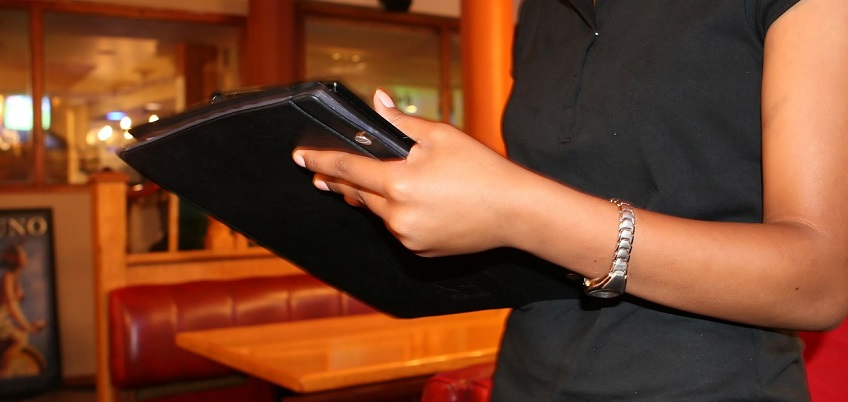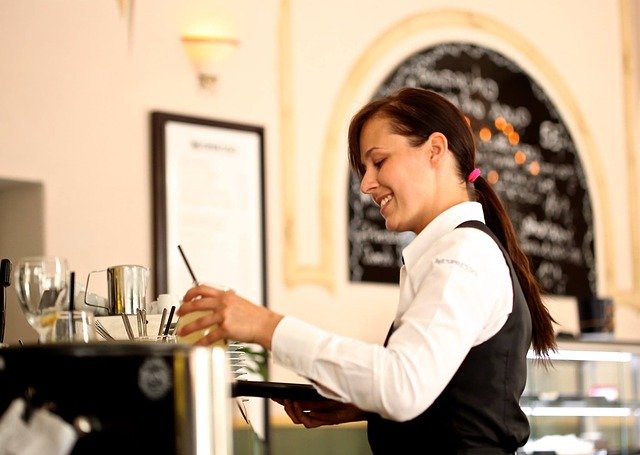
How would you feel if you went into a restaurant filled with staff that don't care about what you want, and you don't get your order on time? It wouldn't be a pleasant experience and definitely not one that you'd want to repeat.
Not only would you not go to that restaurant again because of poor customer service, you probably wouldn't recommend that restaurant to your friends because you don't want them to have that same experience. And so on.
Customer perception of your brand is crucial. There are many aspects to think about to make the right impact on customers, one of them being your front of house team.
In this article, we would be looking at why the front of house training for staff is important, the benefits, and how to apply this training to your business.
Having a competent front of house (FOH) team is very important. They are the ones who perform the daily activities in the company including building customer relationships with direct contact and delivery of orders by the customer to the kitchen. Cashiers, waiters, marketers and bartenders and others fall under the 'front of house' category. Delivering the level of service you want relies on and requires the ongoing periodic training of your team.

What your brand represents is shown by and through your team members. This can be displayed in the way staff relate with your customers and also through their appearance.
Your team must be trained on how to relate with customers, understand the company's protocol in everyday situations (and those that aren’t so common) and also develop interpersonal skills. It isn’t only the actions of the FOH staff that determine the level of service success but also their appearance. Smart, well-dressed employees deliver an air of professionalism and so it’s vital to select appropriate uniforms and catering clothing.
Quality front of house service is not achieved in a single day. This is because it takes constant practice and most times, due to time and resource constraints, your team might have to train with 'Back of house' (BOH) colleagues.
Here are some steps on how to carry out this training efficiently.
In-depth training
Both the BOH and the FOH play important roles to ensure good feedback from customers. While the BOH is responsible for doing the work underground or behind the scenes, the FOH is making sure that customers are happy with your services, bringing the work of the BOH team to the fore.
Both sections of staff play different roles. Hence, the training must be different. For example, in a restaurant, the BOH staff does not need to know much about customer relationship management while the FOH does not need to know the ins and outs of what's going on in the kitchen.
You must make sure that specific duties are carried out by each team. Also, there is a need to help the FOH with practical examples that would help them to give quality responses to some questions or reactions of the consumer.
Mentorship
On-field experience is very important for the FOH team. As new people are recruited into your company, aside from the training materials, it is best if you assign your 'experienced' staff to your new recruits. This will help the employee to adjust quickly to the company's protocol. In this way, the recruit learns faster as they see experienced staff interact with customers.
This encourages new employees to ask more questions and also build confidence. Mentorship is really important to both the trainer and the recruit. It reduces the pressure on the trainer and it helps the recruit to communicate more with his colleagues thereby, building relationships with them.
Creating Interactive Sessions
Gamification helps the new employee in a lot of ways. This puts the employee in different scenarios and helps the employee to make the right decisions and also build confidence.
This also helps the trainer to know the employee's strengths and weaknesses when it comes to communication and offering service. The trainer can give advice when necessary and also commend the employee for their effort.
Role-play the scenario of a disgruntled customer for example and discuss the correct response in this situation. Alternatively, as food intolerances and allergies are increasing, test staff to make sure they have an in-depth knowledge of the menu – the ingredients of each dish and the basic cooking methods. 
Making Use of The Employee's Handbook
The Employee's handbook is a very important tool used for FOH training. It contains the protocols and procedures of the company, safety rules, dress code and other obligations.
The handbook can be used to rate the performance of the company and also its employees. This helps the recruit to understand everything about the company and their role in acting as a representative.
Measuring Results
This helps the trainer to work on any weaknesses of the employee. Moreover, it helps to improve the strength of the employee. With accurate data, trainers will be able to determine the capacity of the employees while identifying the best position in which to place them.
Updating the Training Program
As the market evolves, there is always a need to change or adjust your training program to ensure you can continue to provide quality service to your customers. Your employees see the value you place on customer service and take a vested interest in working on how they can improve on it.
When creating training materials for your FOH team, try to add a variety of learning activities to help your employees to be versatile when it comes to carrying out activities in the workplace.
Customer relationship is very crucial to the extent that it would determine if your customers would reject or embrace your services.
The front of house team should also understand "the customer is always right." There would be situations where customers might offend you. The way this situation is handled ultimately determines whether the overall customer experience is a positive or negative one.
Making a good impression on a customer involves both the FOH and BOH working together - the way you offer your services, good food, environment, and many other aspects will leave a lasting impression on your customers. 
Is There a Place for Automation?
There have already been some major advancements in the field of automation in the hospitality sector and this could have an impact on future staffing levels and training. In the next 15-20 years, there will be an increase in technology which is anticipated to be capable of taking over humans’ roles. This would allow vendors to minimise costs and provide reliable, consistent services without the time and resource that goes into comprehensive training.
While evolution is mainly a good thing, in the end, remember that nothing beats the human touch. In an ideal world, technology would not be used to remove the team, but to assist your team in achieving goals at a quicker pace. This would help your front of house team to quickly attend to more pressing issues undisturbed and focus on creating quality service at the same time.


